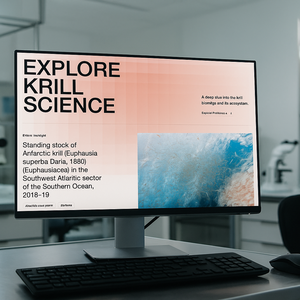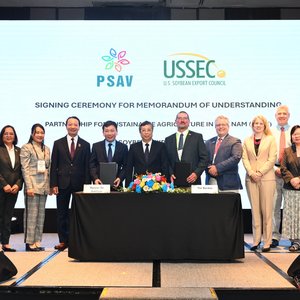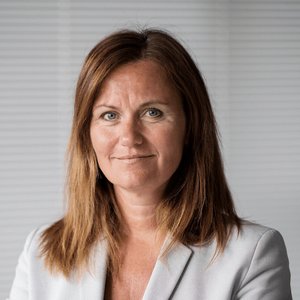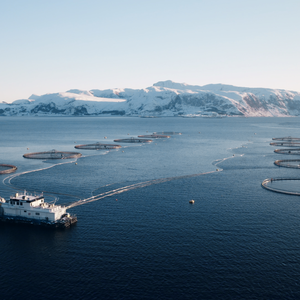U.S. Food and Drug Administration Selects Best Aquaculture Practices Certification For Phase II of Shrimp Pilot Program
The Best Aquaculture Practices certification program developed by the Global Aquaculture Alliance, the standards-setting organization for farmed seafood, has been selected by the United States Food and Drug Administration to participate in Phase II of the Voluntary Third-Party Certification of Imported Aquacultured Shrimp Pilot Program.
GAA Executive Director Wally Stevens said the news is a validation of the global organization’s rigorous BAP certification as a path to enhanced food safety in the U.S. market.
“We believe this pilot study holds great promise for increased food safety and could prove effective in helping the FDA enhance its existing efforts,” Stevens said. “GAA also believes the results of the pilot will yield information that proves useful to other food industries.”
Stevens referenced the decision in his December 2 presentation on “Certifying Foreign Producers of Aquacultured Shrimp” at the Grocery Manufacturers Association’s Bolstering Consumer Confidence: Identifying Essential Third-Party Food Safety Audit Criteria conference in Washington, D.C.
He said what sets BAP certification apart from other systems in the pilot is that it covers all aspects of shrimp farming, from hatchery to processed lot, and also encompasses four major areas of concern: the environment, social justice, food safety and traceability. The standards are independently audited through the Aquaculture Certification Council in a comprehensive process that “creates and bolsters consumer confidence, not just in shrimp, but in other seafood products, as well.”
Phase II of the pilot, which will allow FDA to identify technical issues related to assessing and processing certifications, will run through June 2009. During this period, the BAP program will introduce a new food safety verification process that complements existing facility inspections and traceability with final product testing.
GAA President George Chamberlain worked with ACC and cooperating laboratories to establish risk-based sampling procedures for the food safety verification and directed adjustments to the BAP traceability system to capture the new data.
“This verification will provide much more than a product snapshot,” Chamberlain said. “It will track food safety performance over time with cumulative information gathered by third-party collectors and analyzed by key labs.”
If the results of the pilot study are acceptable, FDA proposes to grant products from BAP-certified facilities expedited entry into the U.S. market. This would create additional value for farms and processing plants that participate in the market-leading BAP certification.
More information on Best Aquaculture Practices aquaculture facility certification; or contact Wally Stevens or George Chamberlain.










